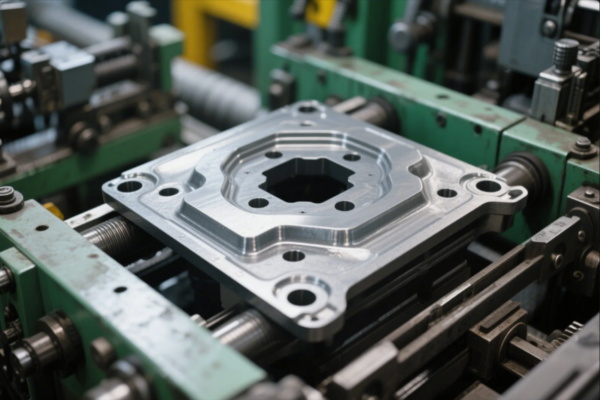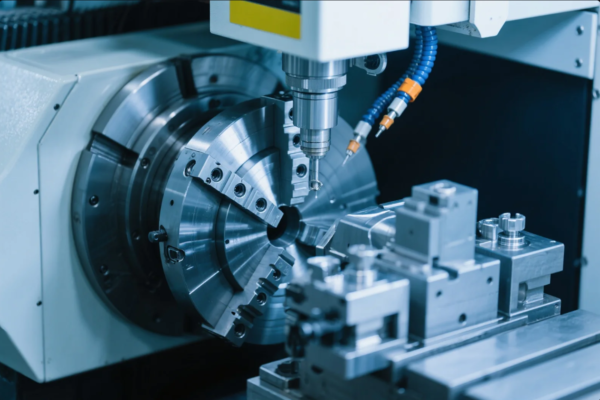When did dentists stop using silver fillings?

Silver fillings, once a common dental treatment, have become less prevalent in modern dentistry. But when did dentists stop using them, and why are they no longer the go-to option for fillings? Let’s explore the reasons behind the decline in the use of silver fillings and how dental practices have evolved.
Snippet paragraph:
While silver fillings were a staple in dental care, changes in material science, health concerns, and patient preferences led to their decline. Let’s explore why silver fillings are no longer commonly used and what alternatives have replaced them.
Transition paragraph:
Read on to find out why silver fillings are less commonly used, when dentists moved away from mercury-based fillings, and the current safety standards for dental materials.
Why do dentists not use silver fillings anymore?
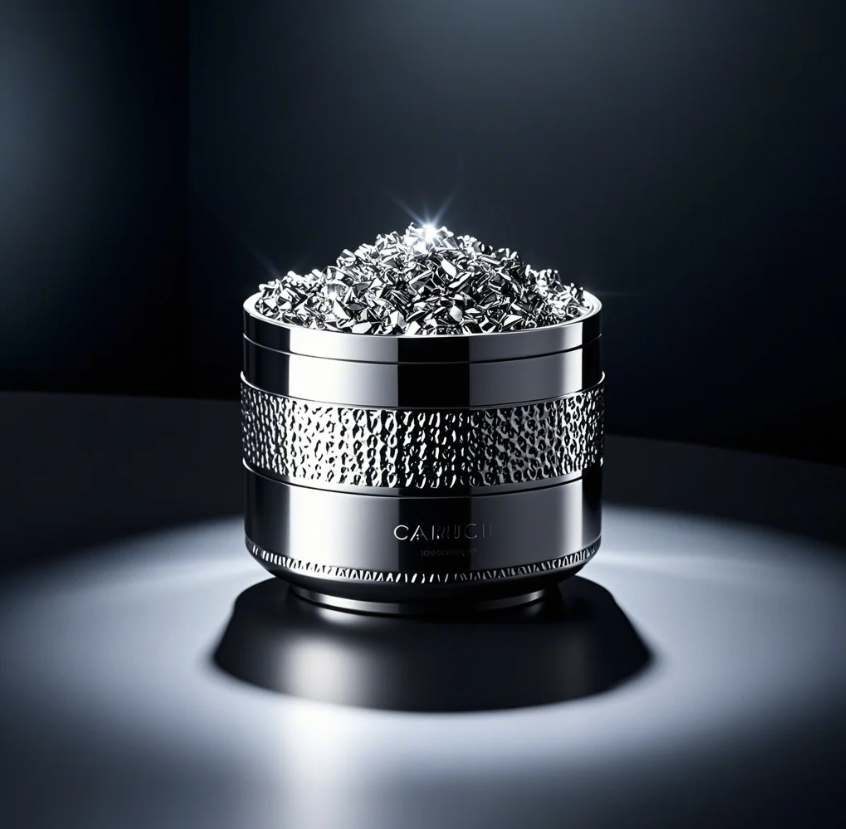
Silver fillings, also known as amalgam fillings, were once the standard for dental restorations. However, their use has declined in recent years for a variety of reasons, mainly due to concerns about mercury content, aesthetics, and advancements in dental technology.
Mercury Concerns
Silver fillings are made from a mixture of metals, including mercury, which is combined with silver, tin, copper, and other metals to form an alloy. Mercury is a toxic substance, and while it is generally stable within the amalgam filling, the long-term effects of mercury exposure became a significant concern.
- Health Concerns: Over time, there were growing worries about mercury leaching out of silver fillings, particularly if they cracked or were subject to excessive pressure from chewing. Though studies have not definitively linked mercury exposure from fillings to health problems, there has been enough concern for both patients and dental professionals to seek alternatives.
Aesthetic Considerations
- Appearance: Silver fillings are highly visible, especially in the front teeth, which can be a cosmetic concern for many patients. Over the years, composite resins and ceramic fillings have become more popular as they match the color of natural teeth, making them a more aesthetically pleasing option.
Advances in Materials
- Improved Alternatives: With the development of materials like composite resin and ceramic fillings, which are not only mercury-free but also more durable and aesthetic, dentists started to favor these alternatives. These materials bond to the tooth structure better and provide a more natural appearance, making them particularly popular for fillings in the front teeth.
What year did they stop using mercury in fillings?

The shift away from mercury in dental fillings began in the late 20th century, but it wasn't until the 2000s that mercury-free fillings gained widespread acceptance. Some countries started regulating mercury use in dental fillings as early as the 1990s due to health and environmental concerns.
Timeline of Mercury Regulation
- 1990s: Countries like Sweden, Denmark, and Norway began phasing out the use of amalgam fillings due to concerns about mercury's toxicity. They implemented policies that encouraged the use of alternative materials such as composite resins and ceramics.
- 2000s: Many developed nations, including the United States and European Union countries, started to adopt stricter guidelines regarding the use of mercury in dental procedures. The World Health Organization (WHO) and other health organizations began issuing recommendations to reduce or eliminate the use of mercury in dental fillings.
- 2008: The European Union issued legislation that restricted the use of mercury in fillings, particularly for children and pregnant women, due to potential risks.
The Current Landscape
Today, while mercury-based fillings are still used in some countries, many dental practices have shifted to mercury-free options such as composite resins, glass ionomer cements, and ceramics. These materials are safer, more aesthetically pleasing, and do not carry the same environmental or health risks associated with mercury.
When did dentists stop using silver?
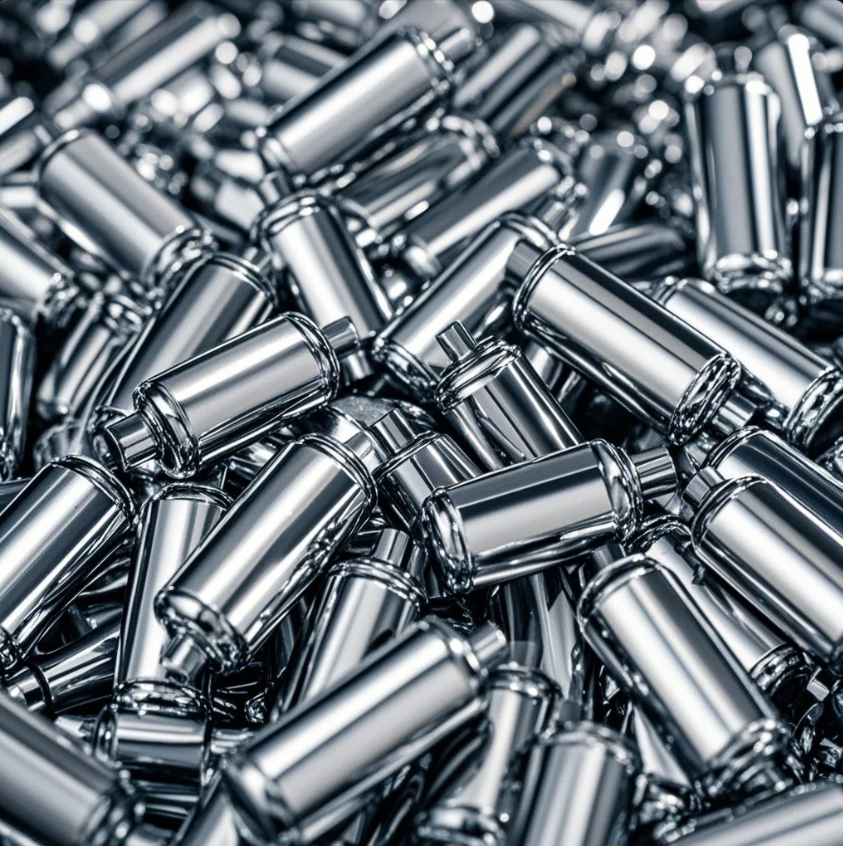
The widespread use of silver fillings (amalgam) began to decline significantly in the 1990s and 2000s, especially in developed countries. Several factors contributed to this shift:
Key Reasons for the Decline in Silver Fillings
- Health Concerns: The presence of mercury in amalgam fillings raised concerns about its potential health effects, especially as more research suggested that mercury exposure, even in small amounts, could be harmful over time.
- Cosmetic Preferences: As composite resins became more advanced and widely available, patients began to prefer tooth-colored fillings for cosmetic reasons, particularly for visible areas in the mouth.
- Environmental Concerns: There was growing awareness about the environmental impact of mercury, especially in terms of waste disposal from dental clinics and the risk of mercury contamination in water sources.
Although silver fillings are still used in some situations, especially in the back teeth where appearance is less of a concern, they have largely been replaced by more aesthetic and environmentally friendly options in modern dentistry.
Are old amalgam fillings safe?
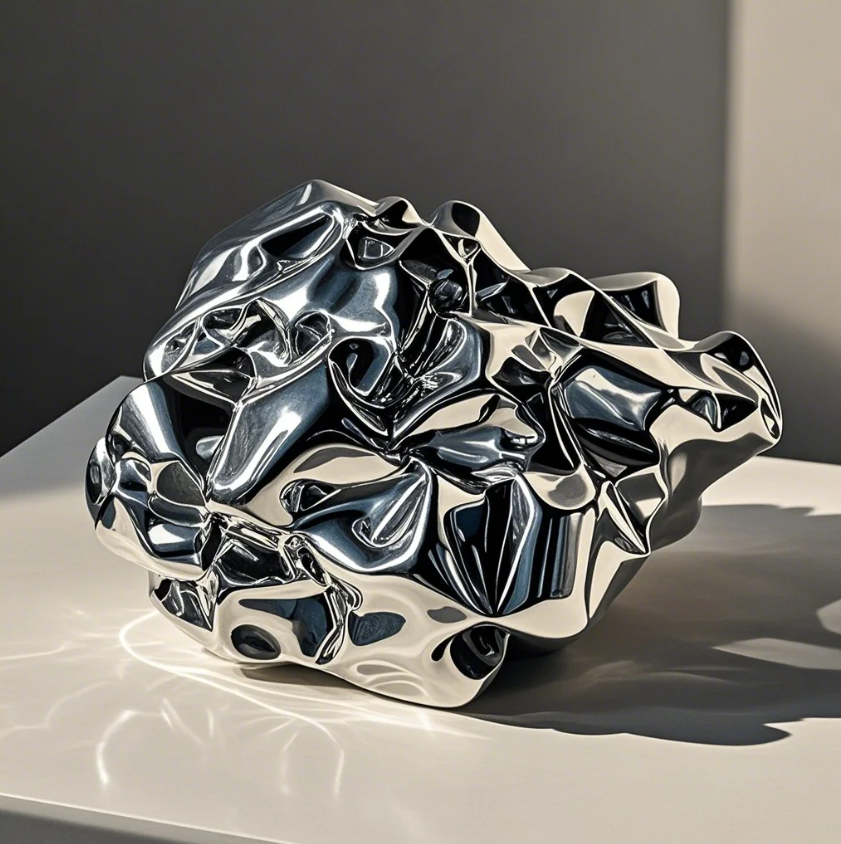
The safety of old amalgam fillings has been a topic of discussion for many years. While dental amalgam fillings are generally considered safe by major health organizations, such as the U.S. Food and Drug Administration (FDA) and the American Dental Association (ADA), there are important factors to consider.
Safety Considerations for Older Fillings
- Mercury Concerns: Although mercury is used in amalgam fillings, the amount of mercury that leaches into the body is extremely low and typically not harmful to individuals. However, if the fillings start to degrade, crack, or leak, there may be a small risk of mercury exposure.
- Dental Checkups: If you have old amalgam fillings, it's important to have regular dental checkups. Dentists will inspect the fillings for signs of wear or cracks that could allow mercury to escape. If a filling is damaged, your dentist may recommend replacing it with a safer, more durable material like composite resin or ceramic.
Recommendations for Replacing Fillings
- Health Precautions: If you are concerned about the mercury content in old fillings, consult with your dentist about replacing them. However, it’s generally not recommended to replace amalgam fillings unless they are damaged, as the procedure to remove and replace them can potentially release mercury vapor.
- Modern Alternatives: Many patients today opt for mercury-free fillings made from materials like composite resin or ceramic. These materials are not only safer but also blend better with the natural color of your teeth.
Conclusion
The use of silver fillings (amalgam) in dentistry has significantly declined due to concerns over mercury toxicity, aesthetic preferences, and the development of better, more environmentally friendly alternatives. While amalgam fillings are still used in some cases, many modern dental practices have adopted safer and more cosmetic materials, such as composite resins and ceramics. If you have old amalgam fillings, it’s important to consult with your dentist about whether they need to be replaced.
For those looking for high-quality dental materials, Prime offers a range of mercury-free filling solutions designed to meet the latest standards in dental care. With over 20 years of experience, we provide reliable and durable options that prioritize both safety and aesthetics. Contact us today for a consultation and quote!

